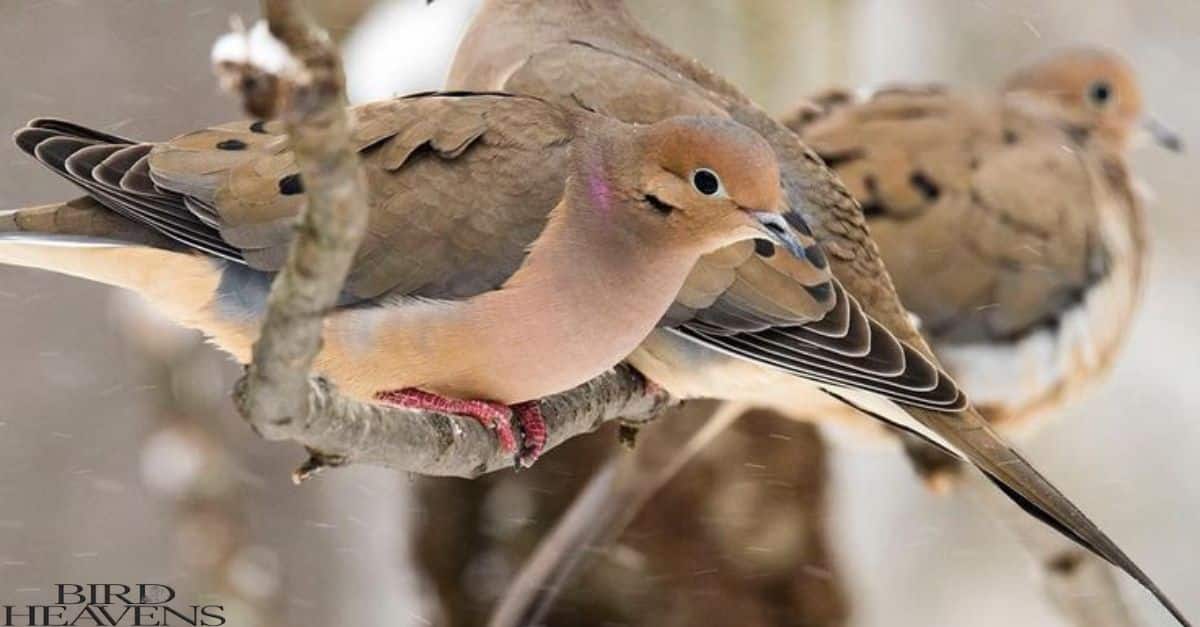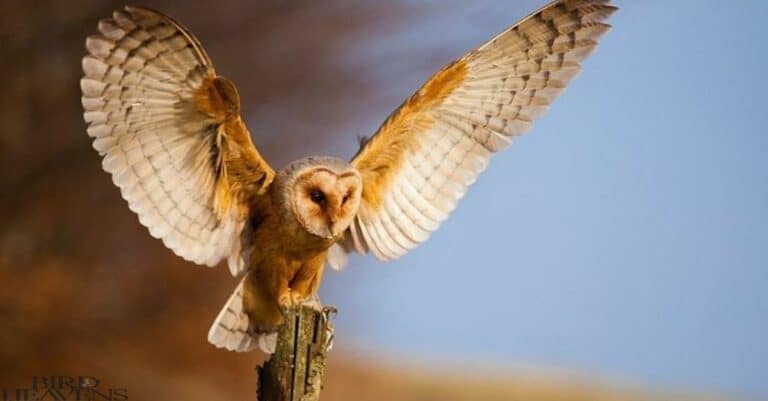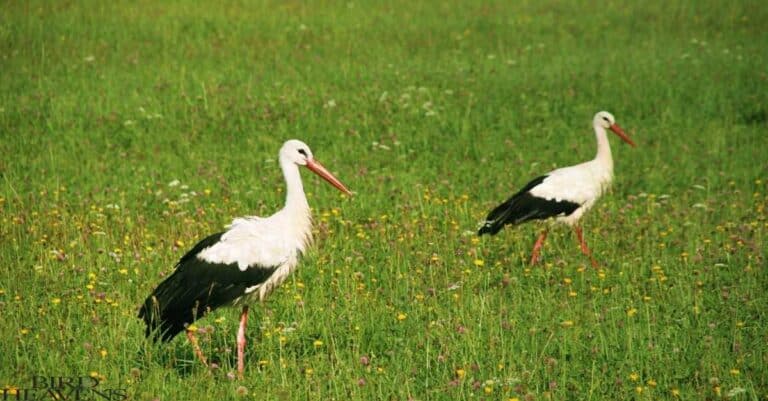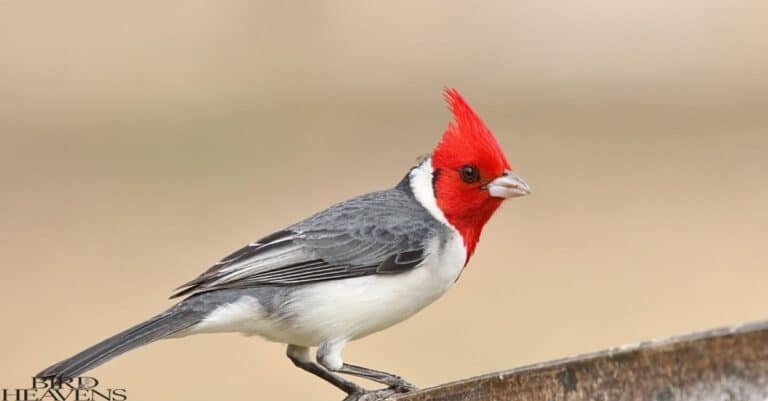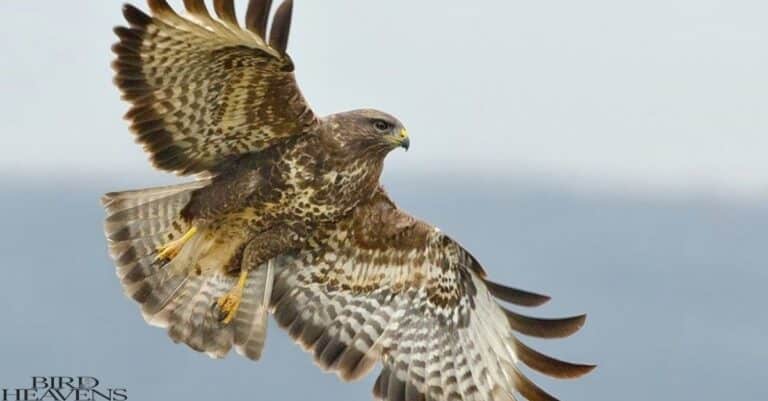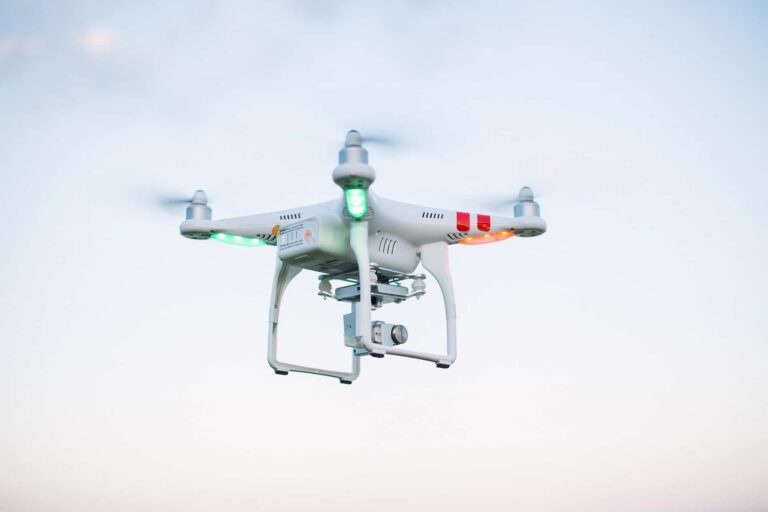Why Don’t I Hear Mourning Doves Anymore? Reality
Many people wonder, Don’t I hear mourning doves anymore, this question reflects a change in the sounds of nature around us. Mourning doves are gentle birds known for their soft cooing, often heard in gardens and parks.
If you’ve noticed the silence, you’re not alone. The sweet sound of mourning doves used to fill the air, creating a sense of peace. Now, that melody seems less common, sparking curiosity and concern.
Mourning doves are special birds. They mate for life and are known for their soothing calls. However, habitat loss and changes in the environment may be affecting their numbers. Many are worried that these lovely birds are becoming harder to find.
Are Mourning Doves Disappearing?
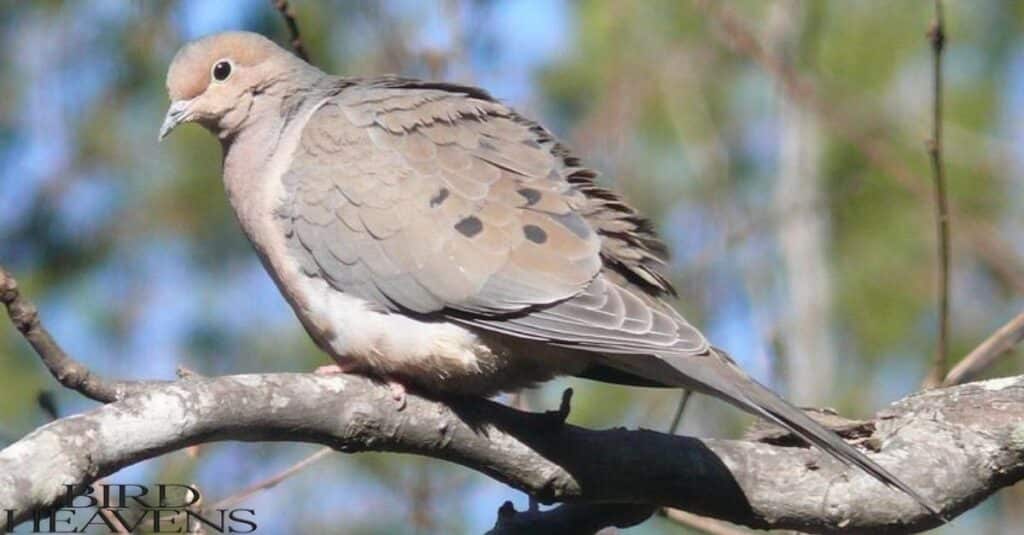
It’s important to note that these birds aren’t facing extinction or endangered status. However, local changes can significantly impact what we hear in our own backyards.
1. Are doves Extinct ?
Mourning doves are certainly not extinct; in fact, they are still present across their natural range in North America, which extends from southern Canada to central Mexico. Many might wonder what happened to the dove, but according to data from the North American Breeding Bird Survey, their populations have remained relatively stable over the past 50 years. Although some regional declines have been observed, there is no evidence to suggest that mourning doves are among the species that are extinct or that they are anywhere near extinction.
2. Are dovesEndangered ?
Mourning doves are not classified as endangered, in fact, they are very common in North America. You can see them throughout the U.S. all year long. There are millions of these birds, also known as turtle doves, in the country. In most states, including California, it is allowed to hunt them.Their overall population is stable, and they do not face the same level of threat as species that are considered endangered.Here’s a closer look at their status:
Common Misconceptions
Many people believe mourning doves are disappearing because they hear them less often. But this isn’t always the case. Here are some misconceptions:
| Myth | Reality |
|---|---|
| Mourning doves are going extinct. | They’re not endangered and have stable overall populations. |
| If I don’t hear them, they’re not around. | Doves may be present but quieter due to various factors. |
| Mourning doves only live in rural areas. | They adapt well to urban and suburban environments too. |
You Might Like >>Parrots in Florida
The Truth About Mourning Dove Invasiveness:
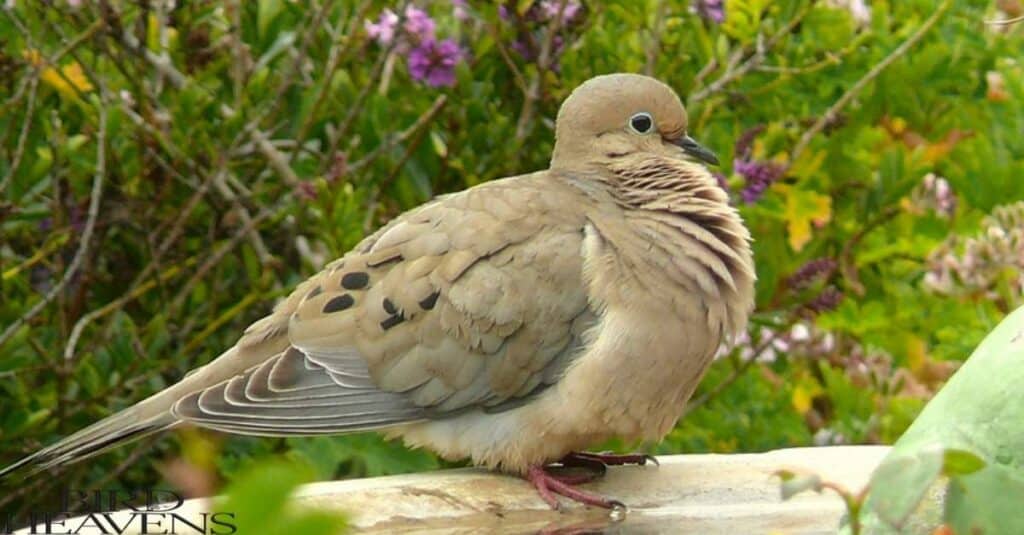
There’s often confusion about whether mourning doves are native or invasive. Let’s clear this up:
Native Species:
Mourning doves are definitely not an invasive species. Mourning doves are indeed native to North America. They have been part of the continent’s natural environment for a long time and are well-adapted to a variety of habitats across the region.
Natural Range Expansion:
Mourning doves are not considered invasive because their spread across different areas has occurred naturally over time.
Their range extends from southern Canada to central Mexico, and while they have expanded their range, this expansion is part of their natural behavior rather than an invasive process.
Ecosystem Role:
Mourning doves play significant roles in their ecosystems, contributing to ecological balance rather than disrupting it. They are involved in seed dispersal, which helps in plant reproduction and supports diverse plant communities.
Additionally, they serve as a food source for various predators, such as hawks and owls, and their presence can be an indicator of environmental health.
Misconceptions about Invasiveness:
It’s important to address the misconception that mourning doves might be invasive. Unlike species that are introduced to new environments and cause harm by disrupting local ecosystems.
Mourning doves are part of the native flora and fauna. They adapt well to urban and suburban environments but are not considered a threat to these systems.
Threats to Mourning Dove Survival:
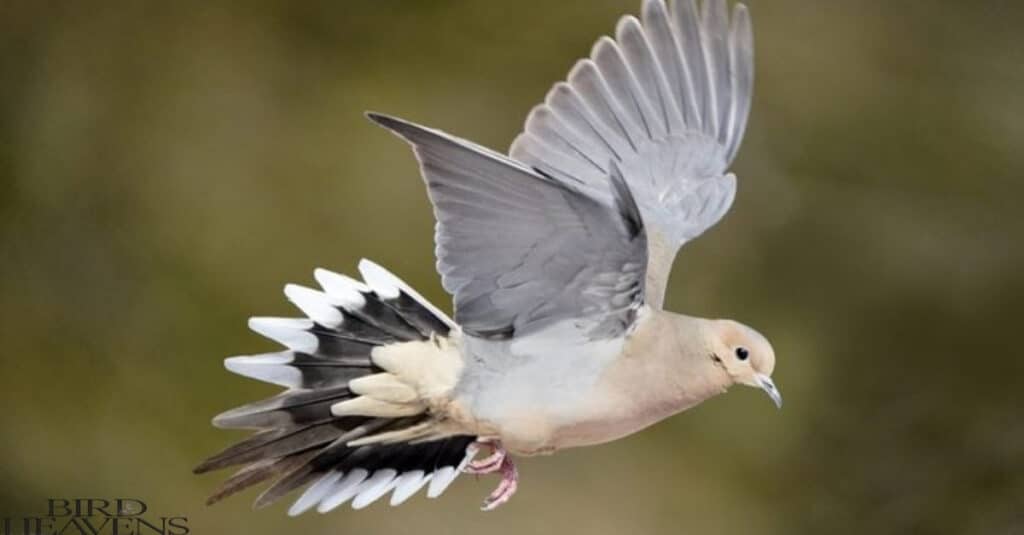
Here are following threats to Mourning Dove Survival:
Habitat Changes:
Mourning doves need suitable nesting habitat to thrive. Changes in their environment can have a big impact:
- Urban Development: As cities expand, natural areas shrink. This can reduce nesting sites and food sources for doves.
- Loss of Farmland: Doves often feed in agricultural areas. When farms disappear, so does this food source.
- Landscaping Trends: Modern yards with fewer trees and shrubs offer less cover for doves.
Case Study: How Urban Development Affects Mourning Doves in Portland
Researcher: Dr. Emily Thornton
Dr. Emily Thornton from Portland State University studied how city growth affected mourning doves in Portland . She looked at three neighborhoods where new buildings replaced natural areas.
Key Findings:
- Mourning dove sightings dropped by 35% in areas with new construction.
- There were 28% fewer places for doves to nest.
- Noise from new development made dove coos 40% harder to hear.
“The single biggest threat to bird populations is habitat loss and degradation.” – National Audubon Society
Climate Shifts:
Climate change affects birds in various ways:
- Food Sources: Changing weather patterns can alter when and where seeds and plants grow, affecting doves’ food supply.
- Migration Patterns: Warmer temperatures might lead to changes in when and where doves move.
- Breeding Seasons: Climate shifts can affect when doves start nesting, potentially changing when we hear their calls.
Predator Populations:
Predators play a role in dove populations:
| Predator Type | Impact on Mourning Doves |
| Natural (hawks, owls) | Can reduce local populations |
| Domestic cats | Significant threat, especially in urban areas |
| Raccoons, squirrels | May raid nests for eggs |
Human Perception and Mourning Doves:
Sometimes, the change isn’t in the doves, but in how we perceive them:
- Lifestyle Changes: We might spend less time outdoors or be less attuned to nature sounds.
- Noise Pollution: Increased urban noise can mask bird calls.
- Technology: Our use of devices might make us less aware of our surroundings.
“In every walk with nature, one receives far more than he seeks.” – John Muir
Factors Affecting Mourning Dove Presence
Estimated impact of each factor on mourning dove presence and audibility
How to Attracting Mourning Doves:
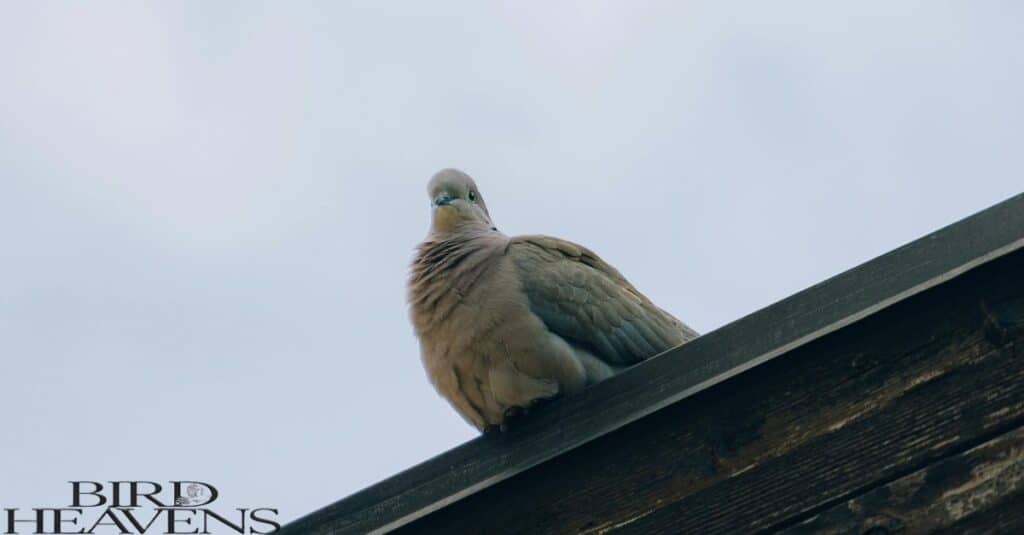
Want to hear more mourning doves? Here’s how to make your yard dove-friendly:
Creating a Dove-Friendly Habitat:
- Plant native trees and shrubs for nesting sites
- Provide open areas for ground feeding
- Maintain a mix of sun and shade
Safe Feeding Practices:
- Use platform feeders or scatter feed on the ground
- Offer a mix of seeds, especially millet and cracked corn
- Keep feeding areas clean to prevent disease spread
Water Sources:
- Install a birdbath or shallow water feature
- Keep water fresh and clean
- Place water near cover for safety
Reducing Hazards:
- Use decals or patterns on windows to prevent collisions
- Keep cats indoors or supervised outdoors
- Avoid using pesticides in your yard
Seasonal Factors in Mourning Dove Behavior:
The time of year greatly affects dove behavior and how often we hear them:
Breeding Season Changes:
- Peak Calling: Doves are most vocal during breeding season (spring and summer).
- Nesting Focus: During nesting, doves may be quieter to avoid attracting predators.
Winter Adaptations:
- Reduced Calling: Doves call less in winter to conserve energy.
- Flock Behavior: They often gather in larger groups, which can change their vocal patterns.
Weather Effects:
- Rain: Doves often call more before and after rain.
- Wind: Strong winds can make it harder to hear dove calls.
- Temperature: Extreme heat or cold can reduce calling behavior.
Conservation Efforts for Mourning Doves:
While mourning doves aren’t endangered, conservation efforts help maintain healthy populations:
- Protection Status: Mourning doves are protected under the Migratory Bird Treaty Act.
- Citizen Science: Projects like the Great Backyard Bird Count help track dove populations.
Individual Actions: You can help by:
- Participating in bird counts
- Creating dove-friendly habitats
- Supporting conservation organizations
Conclusion:
As we’ve seen, many factors influence whether we hear mourning doves. While they’re not disappearing, local changes can affect their presence and behavior. By understanding these birds and creating friendly environments, we can help ensure their gentle coos remain a part of our soundscape.
By staying tuned to nature’s sounds and taking simple steps to support wildlife, we can help keep mourning doves a familiar and welcome part of our communities. Next time you hear that soft cooing, take a moment to appreciate these resilient birds and the natural world they represent.

Andrew Paul is a renowned ornithologist and founder of Bird Heavens. With my extensive expertise in bird behavior and habitat preservation,I will insightful content on species identification and conservation.My Future plans include interactive workshops and online courses to foster a global community of bird enthusiasts committed to conservation and appreciating avian life. Join me at Bird Heavens
